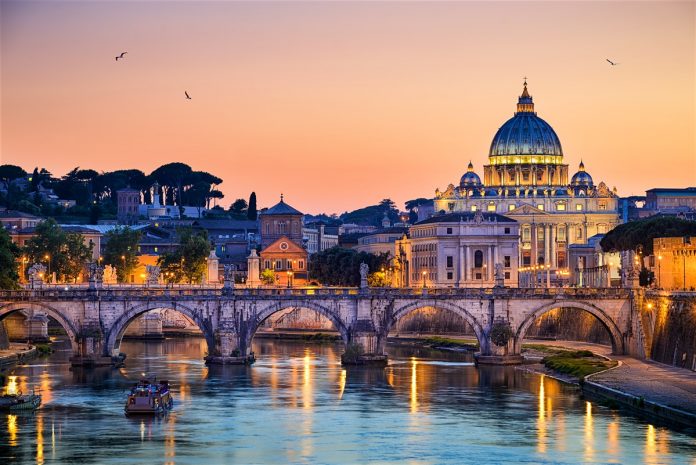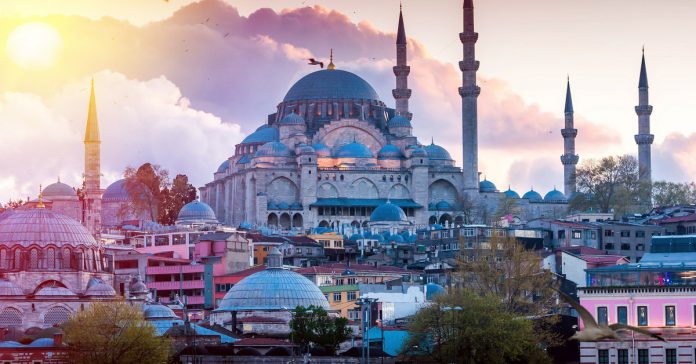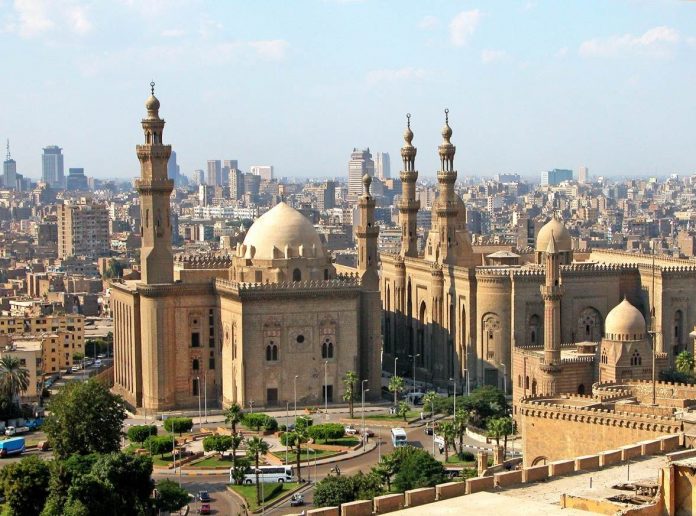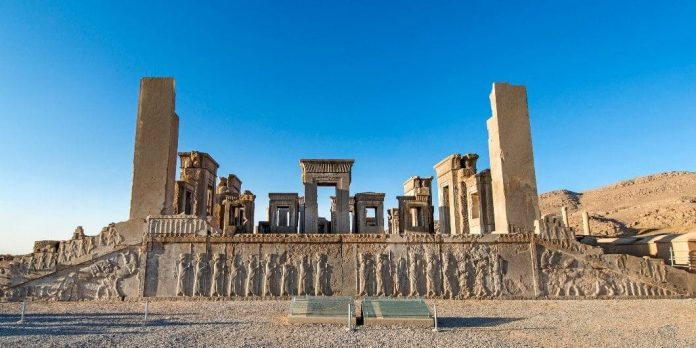Here are the destinations that offer glimpses into humanity’s past and the ingenuity that people brought to creating wonders without computers or heavy machinery Ancient sites that have survived centuries, or even millennia, haven’t fared so well in the 21st century. Here are the best ancient cities you can visit.
Some are recognizable. Others are easily accessible but lesser known. All make for intriguing travel.
Angkor Wat, Cambodia
In the 12th century, the Khmer took their vast understanding of the known universe and sought to recreate it in miniature.
The result was Angkor Wat, a sprawling city designed to impress with meticulously arranged moats and towers, and walls covered in astonishingly detailed bas reliefs of Hindu deities.
The ancient Khmer took a broad view of scenes worth preserving.
Angkor Wat stretches over 500 acres within the Angkor Archeological Park, a large area covering more than 150 square miles.
The main temple receives packs of tourists, but many lesser-known temples offer a chance to wander through old Khmer capitals, which were built from the 9th century onwards.
Rome, Italy
Visiting a city as beloved as Rome comes with particular hazards: the crowds, the cheesy souvenirs, the young men in full gladiator regalia waiting to pose for selfies with tourists.
And yet there are few places like it.
Take the Colosseum – a nearly 2,000-year-old stadium in the middle of a modern city.
In the days of actual gladiators, 50,000 spectators would gather with the emperor for bloody contests to the death.
The Colosseum had the original retractable roof, a whizz-bang contraption called a velarium that used sail technology to rig canopies to shelter crowds from sun and rain.
And we’ve not even mentioned the Vatican, the catacombs or the Forum.
Istanbul, Turkey
Istanbul loves to depict itself as the city straddling two continents.
What’s most remarkable is the way the city straddles great periods of history that pile up and fold over themselves more naturally than anywhere else in the world.
Construction by successive empires from Byzantium to Constantinople to modern Turkey have bequeathed Istanbul an instantly recognizable skyline that merges elements from all those eras.
In the historic core around the iconic Hagia Sophia, the Byzantine-era Hippodrome circus sits a short stroll away from the Ottoman Empire’s Topkapi Palace, which houses artifacts including Moses’s staff.
Cairo, Egypt
For first-time visitors, it’s a shock just how close the pyramids of Giza and the Great Sphinx are to Cairo’s chaotic streets.
With 22 million people, Cairo is one of the world’s biggest cities, built around one of humanity’s earliest urban centers.
Tombs at Giza date back 4,500 years, and the Egyptian Museum of Antiquities boasts an incredible collection from the Nile’s earliest inhabitants.
But the slightly less ancient parts of Cairo are also rich with cultural treasures.
The current city was founded more than 1,000 years ago and has one of the world’s oldest universities, a rich legacy of Islamic art, and Coptic treasures that are often overlooked.
Persopolis, Iran
Iran’s openness to Western tourism in recent years has helped Persepolis regain its allure for visitors, even if international relations have once more become strained.
The city was founded in 518 BC by Darius I, ruler of ancient Persia’s Achaemenian Empire, and grew in grandeur until Alexander the Great sacked it two centuries later.
Its most remarkable feature is an immense terrace of 125,000 square feet, partially carved out of Mount Kuh-e Rahmat (the Mountain of Mercy).
Rulers built ever more regal palaces, temples and halls around the terrace, complete with an underground sewage system and cisterns for fresh water.
Despite a series of protective walls, rising to 30 feet high, Alexander laid waste to Persepolis, whose ruins were only rediscovered in 1618.
Today, however, the city is one of the best examples of ancient architecture, especially for the slender columns that remain.





